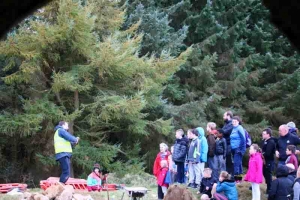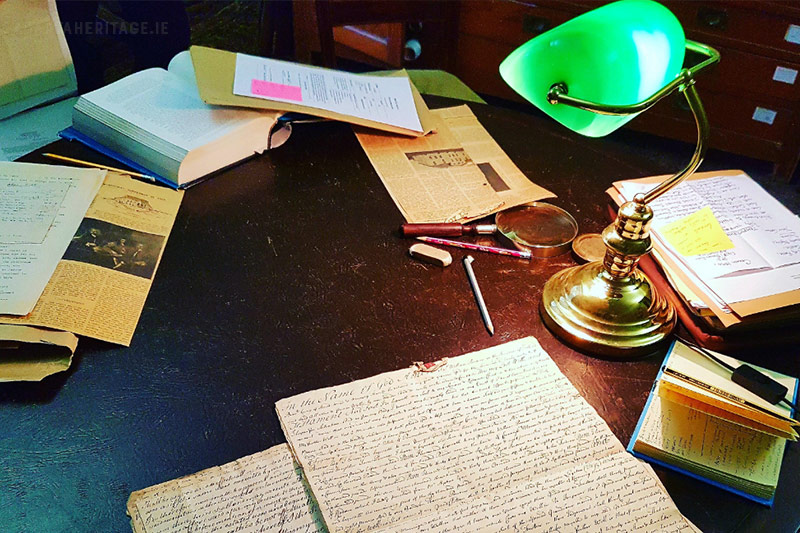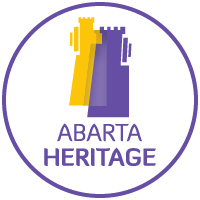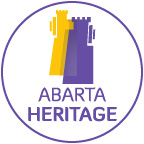Hellfire Club Archaeological Excavation Methods – Telling the Story
A key motivation for the project was that we really wanted to carry out an archaeological dig that was accessible to the general public. You can find more details on our approach to engaging with the public in our publication: ‘Sacred Skies and Earthly Sinners’.

Neil giving a tour to visitors. By the end of the excavation, hundreds of people from near and far had visited to see the dig.
Hellfire Club Archaeological Excavation Methods – The end of the dig
At the end of the dig, the trenches were fully backfilled by hand, all of the earth so carefully removed had to be brought back over from the spoilheaps to refill the trenches. This was done to return the site to as close to its original condition as possible. The sods were replaced at the top of the trenches. Over time, the trenches slowly merged back in with the surrounding ground, eventually removing all trace that there was ever an excavation here.
It's our last morning in this magical place. We're certainly going to miss it. #HellfireClub #irisharchaeology #dublin pic.twitter.com/Ggo5iryIxS
— Abarta Heritage (@AbartaGuides) October 27, 2016
And after a long day backfilling the #HellfireClub Archaeological Project is over. Now we start the post excavation phase #irisharchaeology pic.twitter.com/BEVAt1hjOa
— Abarta Heritage (@AbartaGuides) October 27, 2016
Hellfire Club Archaeological Excavation Methods – Post-Excavation Analysis
After the dig finished, we began the post-excavation analysis phase of the project. This is where all of the results were compiled, the soil samples processed, and a number of specialists examined various aspects of the dig – such as the artefacts. We also sent away the charcoal samples for radiocarbon dating. We also carried out further research into the archaeology and history of Montpelier Hill.
The results of all of this analysis culminated in the free digital publication Sacred Skies and Earthly Sinners that is available here.


